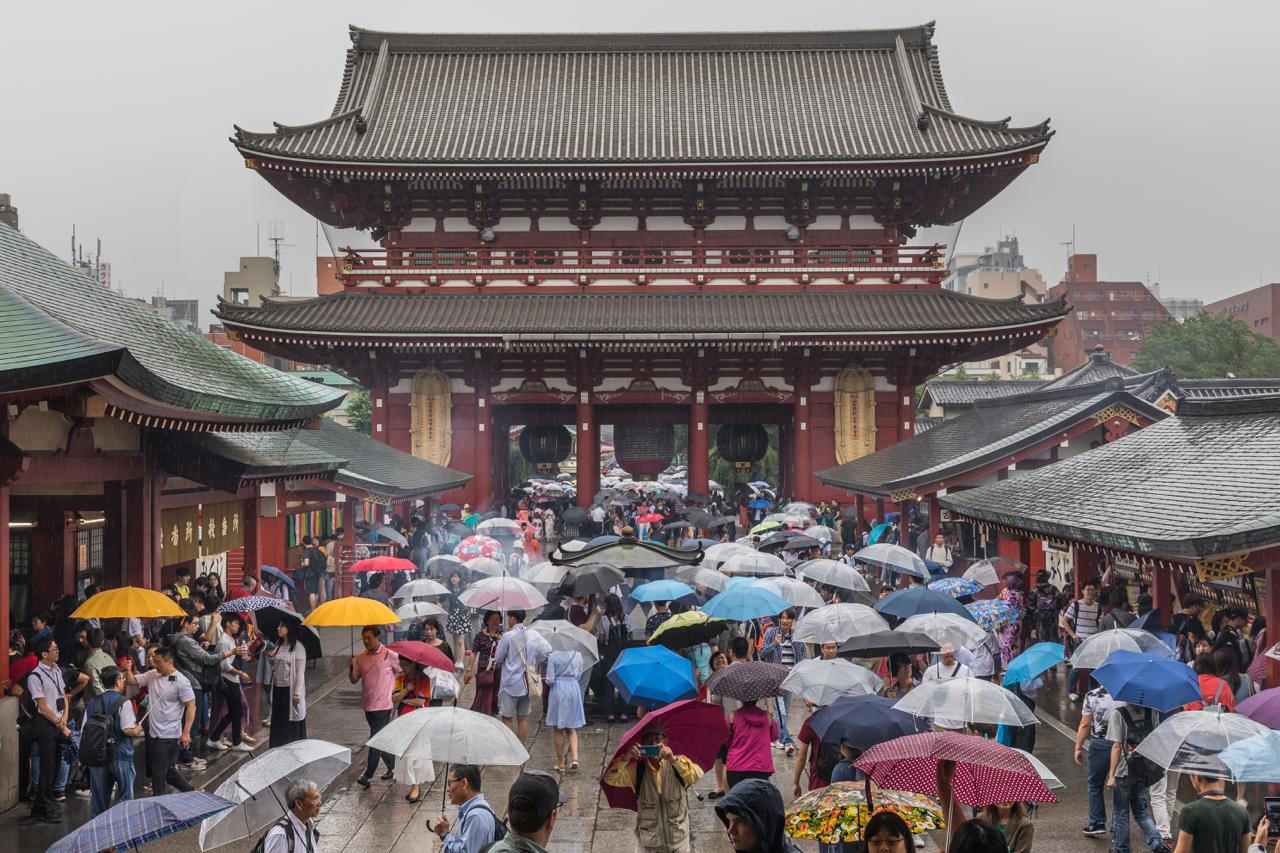Japan triples " departure tax" to combat mass tourism
To combat overtourism, the Japanese government will increase the tax paid by foreign tourists when they leave the country: from 1,000 to 3,000 yen. Mass tourism affects mostly Tokyo, Osaka, Kyoto, Hokkaido, and Fukuoka. This is yet another step to limit overcrowding, help regional economies, and promote more sustainable tourism. Overall, tourism revenue remains a pillar of the Japanese economy.
Rome (AsiaNews/Agencies) – The International Tourist Tax ()ITT imposed on travellers departing from Japan will be tripled next year by decision of the tourism policy panel of the ruling Liberal Democratic Party (LDP). From the current 1,000 yen (about US$ 6.5), the fee will rise to 3,000 yen (about US$ 20).
The decision was approved yesterday and is set to take effect at the start of the next fiscal year, which begins in April 2026. The goal is to curb mass tourism, which primarily affects the prefectures of Tokyo, Osaka, Kyoto, Hokkaido, and Fukuoka, which account for 73 per cent of overnight stays.
Japan’s new governing coalition, led by Prime Minister Sanae Takaichi and the LDP, may include the increase in its draft fiscal policy at the end of the year. The tax, which does not discriminate by nationality, is typically added to airline ticket prices.
It follows the significant rise introduced two years ago to the Japan Rail Pass, which allows foreign tourists unlimited travel on trains and other means of transport for a week.
According to data from the Japan Tourism Agency, in fiscal year 2024, the tax paid by outbound tourists generated revenue of 52.4 billion yen (approximately US$ 340 million).
That same year saw a record number of international visitors, 36.9 million, a 47.1 per cent rise over 2023, part of a trend that was halted in 2020 only by the COVID-19 pandemic.
Last March then Prime Minister Shigeru Ishiba called for a plan to welcome 60 million tourists by 2030,
The increase in the ITT raised to 5,000 yen (about US$ 33) for travellers in business or higher class, is aimed at combating mass tourism.
Overcrowding has led to growing discontent among many Japanese in the most affected prefectures, reflecting a clear geographic imbalance.
However, Japan cannot afford to slow down the tourism sector, a pillar of the country’s economy since tourism-related revenues are expected to reach 5.3 trillion yen (more than US$ 34 billion) in 2023.
The LDP’s tourism policy panel is keeping the tax-free tax system for purchases by international visitors, considered vital for stimulating shopping. Some government members are calling for the protection of tourists and businesses in the sector.
Overtourism in Japan is primarily an issue in the aforementioned prefectures with residents reporting unprecedented congestion and crowding in residential areas and workplaces.
This has negatively impacted daily life, with overcrowded public transit, with real inconvenience to commuters, as well as greater noise pollution, and more complex waste management.
The repercussions are felt by both Japanese citizens and foreign visitors. For this reason, both local and national institutions have taken steps to limit the phenomenon.
At the same time, redistributing tourist flows would benefit regional economies, while improving the quality of life in the prefectures most visited by tourists.
Kyoto, for example, has introduced a Tourism Code of Conduct to achieve a "harmonious balance" between the lives of residents and tourists. Central to such initiatives is an attempt to overcome geographical imbalance, the main effect of mass tourism.
Kyoto, one of the most visited cities for its historical and artistic charm, has provided express buses to sites of interest to distribute the tourist load, thus easing the burden on local public transit.
Another example is Himeji Castle, a UNESCO World Heritage Site since 1993, in Hyōgo Prefecture, which is considering a significant increase in admission prices for foreign visitors to discourage visits and redistribute tourism to rural areas, which are almost completely overlooked.
There are other solutions. Starting in 2024, several Japanese airlines and tourism organisations, such as Japan Airlines and Hoshino Resorts, have also collaborated to promote visits to lesser-known regions. Okinawa has launched the Okimeguri app to optimise tourism.
The software uses artificial intelligence to predict congestion at tourist destinations by analysing data from weather and traffic surveys from previous years.
Overtourism is an urgent challenge for the national government as well; for example, in the supplementary budget for fiscal year 2024, 15.82 billion yen (about US$ 100 million) were allocated for “Emergency Measures for Preventing and Mitigating Overtourism and Improving the Reception Environment for Foreign Visitors”.
26/10/2024 14:42
08/09/2021 10:25
11/10/2025 14:58
31/01/2025 18:13







.png)










